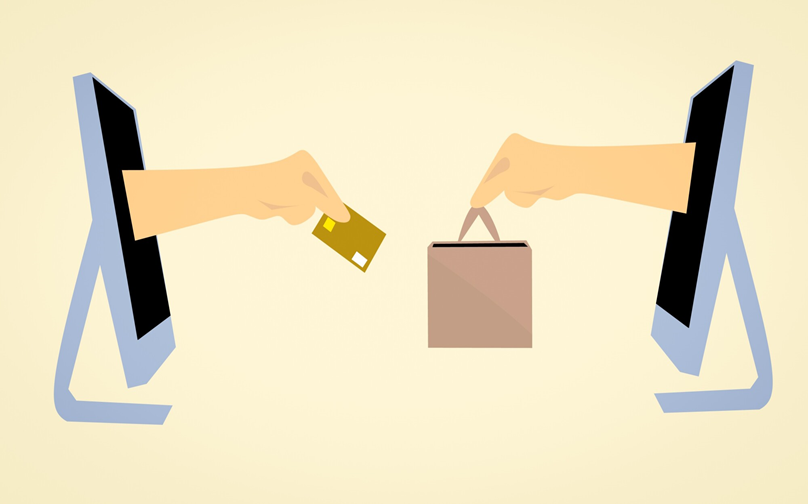Prior to the pandemic, many small businesses dealt almost exclusively with in-person traffic and managed purchases with a point of sale system. After the pandemic struck, many of these same businesses found embracing eCommerce a necessity. It allowed them to serve their existing customer base and potentially expand it to new customers.
Unfortunately, businesses that dealt primarily with in-person transactions are often ill-prepared to deal with some of the pitfalls of eCommerce. A prime example of a new problem for these businesses is chargebacks.
Are you asking, “What’s a chargeback?” If so, keep reading for a quick breakdown of chargebacks and why you want it automated.
What’s a Chargeback?
Any time you run a debit or credit card for a transaction, there is a multistep process that takes it from your system out into the world of payment processors and banks. When the credit card or bank finalizes the transaction, it is fully authorized and then settled.
A basic chargeback definition is that one of these fully authorized charges is refunded for one of several reasons. Unfortunately for the business, this is often an expensive and sometimes fraudulent process.
What Is a Chargeback Fee?
When the chargeback is initiated, the merchant bank will almost always hit the business with a fee. The fees vary based on your agreement with the bank but often fall in the $20 to $100 range. That makes most businesses very keen to avoid these fees.
Causes for a Chargeback
One of the more common reasons for a chargeback is that the customer disputes the charge with their bank or credit card company. Many of these disputes are legitimate, such as the customer getting charged for items they didn’t order due to a clerical or computer error.
In rare cases, you may get a return item chargeback if a customer gives you a bad check.
Unfortunately, some of the charges stem from fraudulent activity. Typically, it’s a customer that disputes a charge on false grounds, such as non-delivery or damage without addressing the business first.
Why Automate?
With the what is a chargeback issue out of the way, why would you want chargeback and deduction automation? The big benefit is that it lets you avoid manually dealing with every chargeback. That reduces the number of employee hours spent on chargebacks, which keeps your costs down.
Many chargeback automation systems will let you set parameters for automatically accepting or disputing chargeback requests. That lets you focus on the chargebacks mostly likely to prove fraudulent.
Chargebacks and Your Business
Now that you can answer the what’s a chargeback question and understand why they can be a cause for concern, you must decide if chargeback automation makes sense for your business.
If you run a business that focuses on high-ticket items or services and you only process a small number of transactions in a month, automation won’t benefit you much. For any business that deals with large volumes of transactions, automation can save you a lot of time, resources, and even fees.
Looking for more finance tips? Check out the posts in our Finance section.

